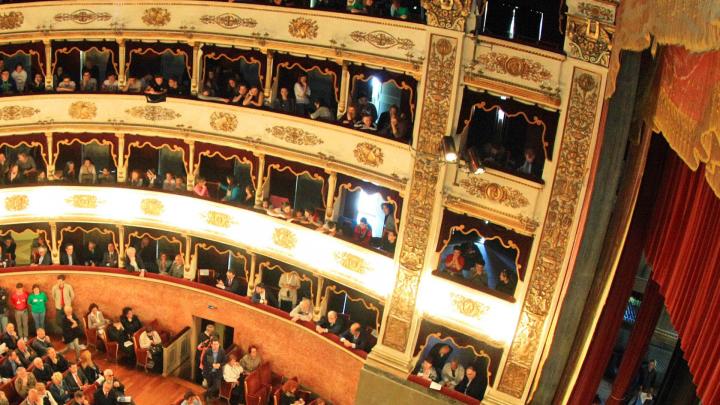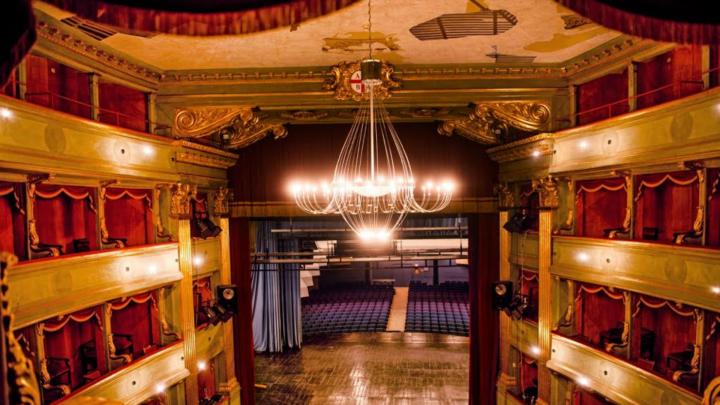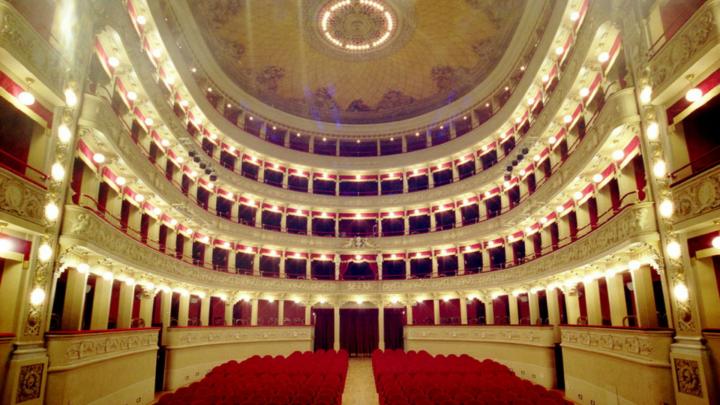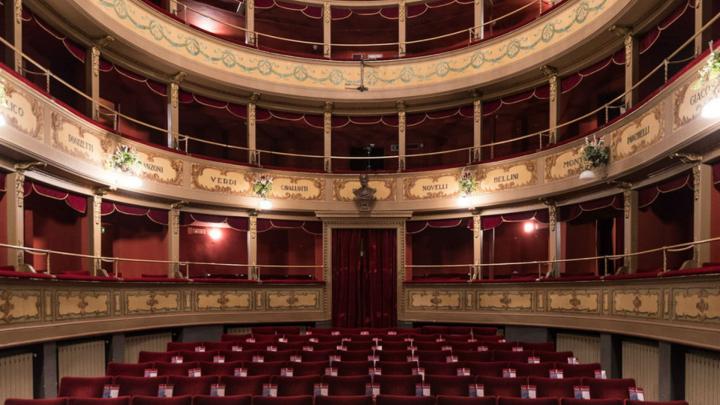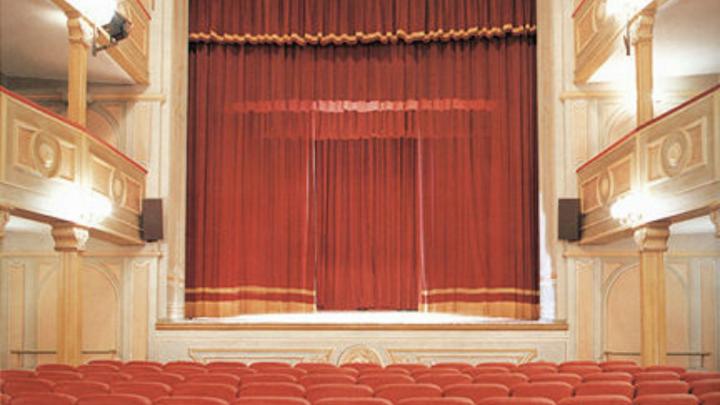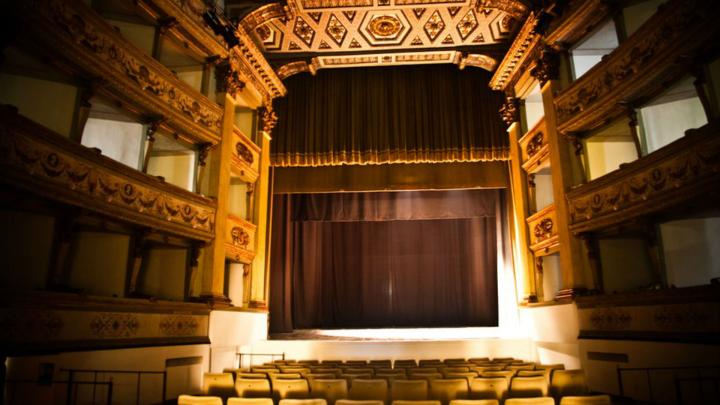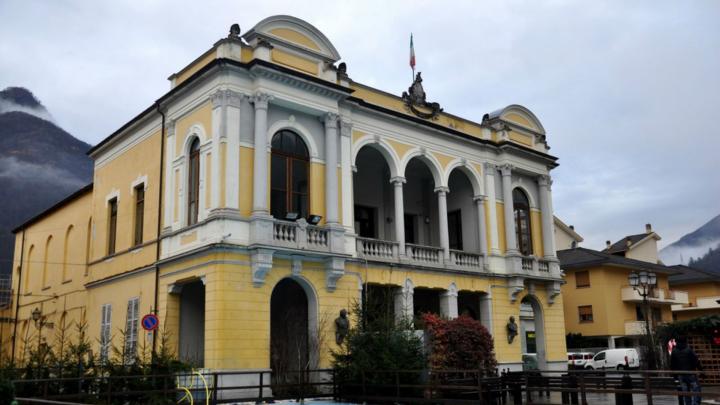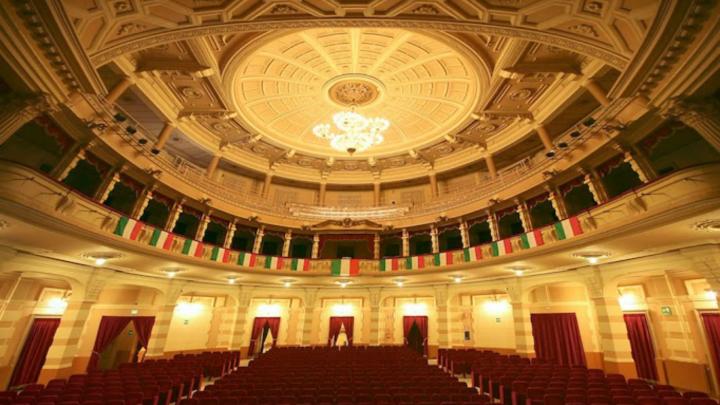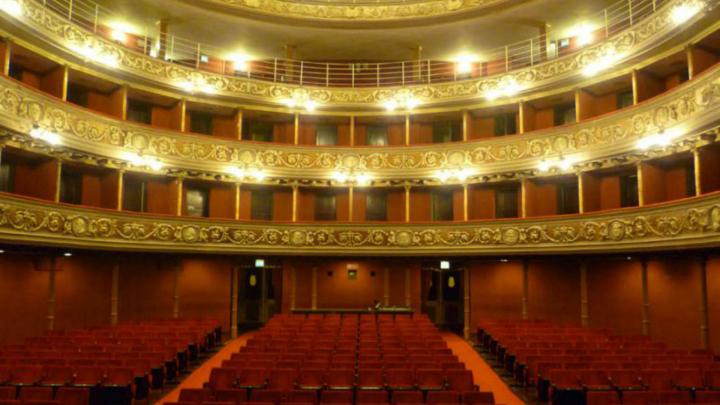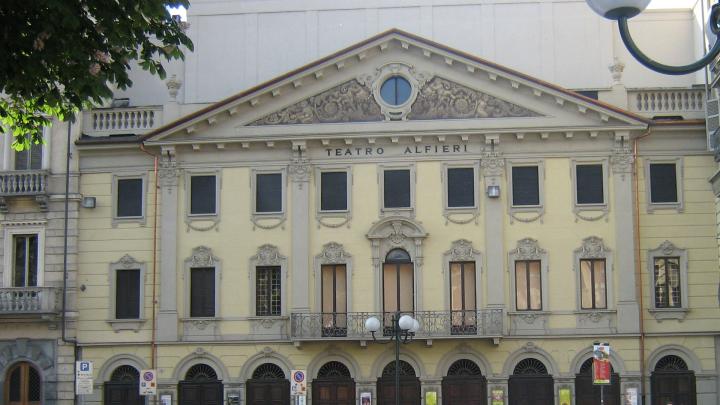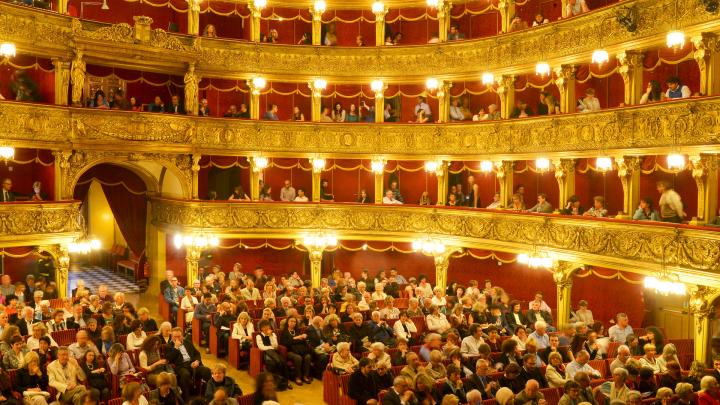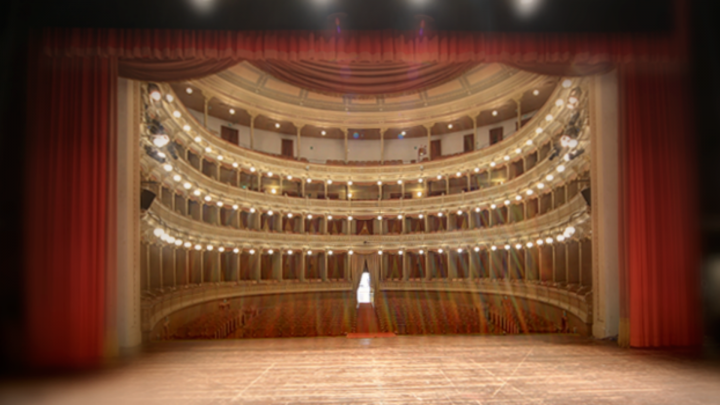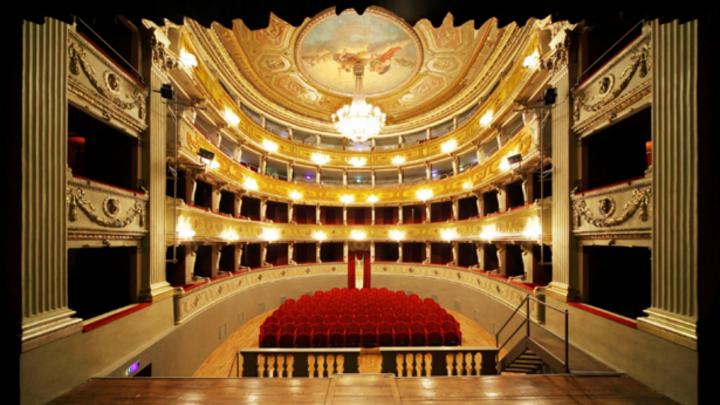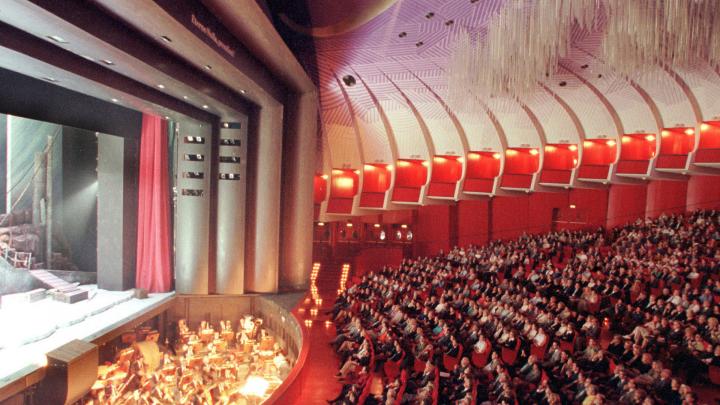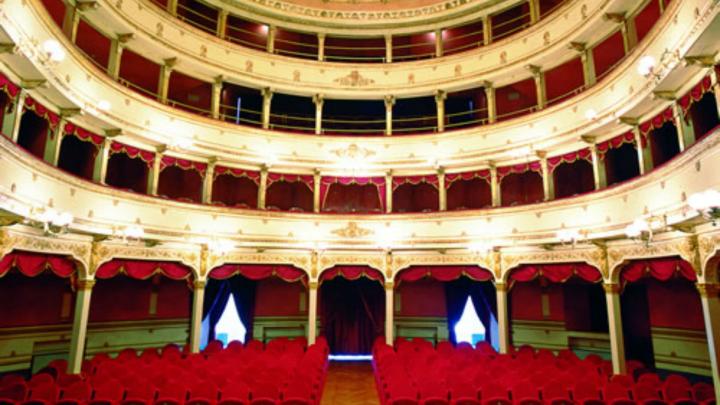The Italian-style theatre, featuring the architectural structure that marks the transition between the Court Theatre and theatres open to the public, developed between the late eighteenth and early nineteenth centuries. Its particular features are the horseshoe-shaped auditorium, with a stalls area that was gradually transformed from a space devoted to dancing to an area that offered better visibility of the performance; the elimination of terraced seating in favour of the construction of boxes separated from each other and divided into tiers, progressing upwards; greater depth of the stage to allow the use of innovative perspective wings and the possibility for the actors to act inside and not in front of the set, as was customary in Renaissance theatre. Piedmont did not escape this innovation and all the medium to large towns each built their own theatres, some of them turning out to be real artistic jewels.
15 results
